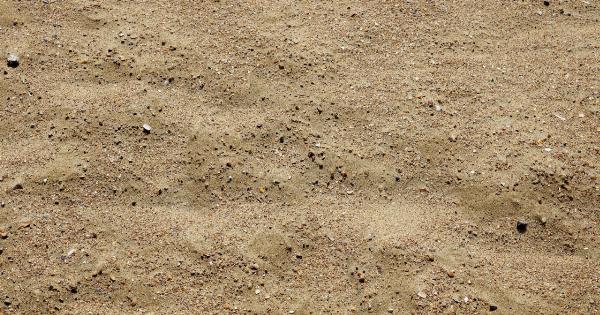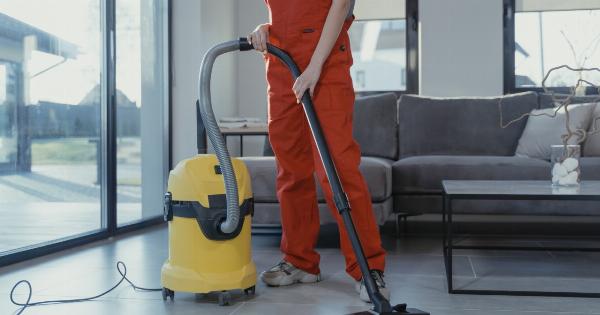Dust mites are microscopic creatures that live in dust and feed on dead skin cells. They are a common allergen and can cause a range of health problems, from mild reactions to severe asthma attacks.
In this guide, we will take a closer look at what dust mites are, what causes them, and how to get rid of them.
What are Dust Mites?
Dust mites are tiny arthropods that are related to ticks and spiders. They are about 0.2 millimeters long and are invisible to the naked eye. Dust mites live in mattresses, pillows, carpets, curtains, and upholstery.
They thrive in warm, humid environments and feed on dead skin cells shed by humans and pets.
Dust mites do not bite, sting, or carry diseases. However, they produce waste products that contain allergenic proteins. When these particles become airborne, they can trigger allergic reactions in sensitive individuals.
Causes of Dust Mites
Dust mites are found in every home, regardless of how clean it is. However, certain conditions can create favorable environments for them to thrive and multiply.
Humidity
Dust mites require a humid environment to survive and reproduce. They are most prevalent in regions with high humidity, especially during the summer months.
In humid climates, an air conditioner or dehumidifier can help reduce the humidity in your home and discourage dust mites from thriving.
Poor Ventilation
Poor ventilation in your home can lead to the buildup of dust and moisture, providing an ideal habitat for dust mites. Proper ventilation and air circulation can help reduce the concentration of dust mites in the air.
Poor Housekeeping
A cluttered, dirty home can harbor dust mites, as well as other allergens such as pet dander and mold. Regular cleaning, including vacuuming, dusting, and washing bedding and curtains can help reduce the concentration of dust mites in your home.
Signs of Dust Mite Allergy
Many people may be unknowingly living with dust mite allergies for years without knowing. The most common symptoms of dust mite allergy include:.
- Sneezing and a runny nose
- Coughing and wheezing
- Itchy, red, and watery eyes
- Skin rash or hives
- Tightness in the chest or difficulty breathing
- Hay fever-like symptoms
If you have persistent symptoms that you think could be due to dust mite allergies, consult your healthcare provider or allergy specialist. They can perform allergy testing to determine the cause of your symptoms and recommend appropriate treatment.
How to Get Rid of Dust Mites
Getting rid of dust mites completely is challenging, but reducing their population can help alleviate symptoms associated with dust mite allergies. Here are some measures you can take to reduce the concentration of dust mites in your home:.
Bedding and Soft Furnishings
- Wash all bed linens and bedding in hot water at least once a week
- Use allergen-proof mattress and pillow covers to prevent dust mites from penetrating your bedding
- Wash all curtains, carpets, and soft furnishings in hot water or have them steam-cleaned regularly
- Replace feather or down pillows with hypoallergenic ones
Cleaning and Maintenance
- Vacuum your carpet and furniture regularly using a HEPA filter. Avoid using a vacuum cleaner with a bag that releases dust into the air
- Dust hard surfaces with a damp cloth to avoid releasing dust into the air
- Reduce clutter in your home, which can trap dust and provide a home for dust mites
- Avoid using humidifiers, which can increase the humidity in your home and encourage dust mite growth. If your home is too dry, use a cool mist humidifier
- Use an air purifier with a HEPA filter to remove dust and allergens from the air
Conclusion
Dust mites may be invisible to the naked eye, but they can cause significant health problems for sensitive individuals.
By taking simple measures like regular cleaning, proper ventilation, and minimizing humidity, you can help reduce the concentration of dust mites in your home and alleviate the symptoms of dust mite allergies.




























